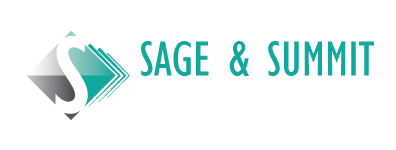Last night in our monthly business owner’s accountability meeting we inevitably discussed going back to “normal” and what it will look like:
- Can we force employees to work from the office?
- Can we demand an inoculation certificate as a condition for employment? Return to work?
- And what if an employee doesn’t want to work from the office anymore?
We will get a labour expert to weigh in on these topics in one of our upcoming lunch and learns. But staying on the topic last night, a brief discussion ensued from a workshop with a client in the morning. In summary – this large communication provider has had a work from home policy for many years, and post Covid, even more will remain at home. They found the benefits to be irresistible – lower infrastructure costs and higher productivity.
In his new book, “Reimagining Collaboration”, Phil Simon states that remote work – whether full time or hybrid – is here to stay. To function well in this environment, collaboration expert Simon believes firms must harness the power of collaboration hubs.
New collaboration tools such as Slack, Teams and Zoom provide opportunities for new ways to work. All of these existed prior to Covid, however instant isolation accelerated the use of these technologies.
Simon refers to Fubini’s Law written by Eugene Fubini, who helped create American Cold War-era policy, and who codified how people interact with new technologies. First, people use new technologies to make routine tasks faster. Then, they start using it to accomplish new tasks. Users’ behaviour changes gradually over time until, finally, these new technologies change how they work, and then change society and shape future technologies.
The old view of collaboration is in the same place at the same time, working together.
The new technologies of collaboration make space for options:
- Remote collaboration –Teams work together virtually, using collaboration tools such as Google Docs and Zoom.
- In-Person collaboration –People work together in the same physical space. For example, teams have brainstorming sessions around a whiteboard.
- Synchronous collaboration –People work simultaneously, collaborating in real time.
- Asynchronous collaboration –People don’t work together at the same time. For example, developers might take turns contributing to a code repository.
These new collaboration frameworks remove the constraints of time and place, which leads me back to where we started – what will “back to normal” look like? And ten years from now – how will we describe a normal workday?
What are your thoughts?

